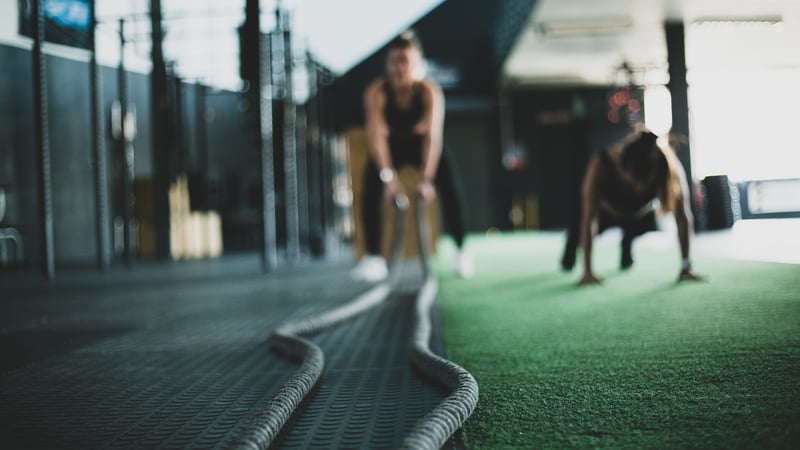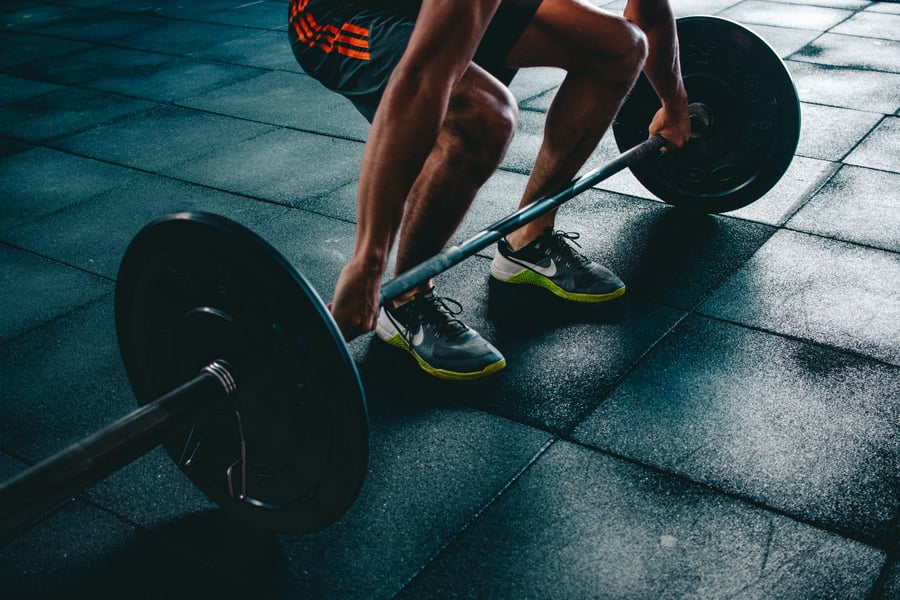Getting injured is not fun. Not only does it hurt like hell, but it can put you out of action for extended periods of time which is beyond frustrating. Sports injuries can scupper your training, set you back on your fitness journey and make you feel incredibly exasperated.
No one likes to be held back from things out of their control when they love to be moving.
But unfortunately, when you suffer from a sports injury, you do need to be proactive with the healing process in order to recover as swiftly as possible. That includes not ignoring the situation and pushing through in pain. We explore three categories of sports injuries with YMCA Bath who know all things about fitness, including sports injuries and how to deal with the most common ones.
Read on to find out why you might be hurting, how to avoid classic injuries from working out, how you can find relief quickly and what you should do to help speed up the healing process.
Sports Injuries: Why you’re hurting & how can you find relief ASAP
Soft tissue sporting injuries may be classified into one of three categories according to their mechanism of production.
Direct and Indirect Sports Injuries
Direct Injuries are produced by a direct blow by an opponent or sporting implements such as a stick, ball, fist or a fall. This would result in a contusion injury with disruption of blood vessels in either muscles or joints.
This could result in bruises, abrasions and blisters. And worst case scenarios would be broken bones and dislocations - some real stingers of injuries that will take a long time to recover from.
Indirect Injuries result from forces generated within the musculoskeletal structures during activity. These commonly involve either muscles or joints. In muscles, overloading results in disruption of muscle fibres, known as a muscle tear, pull or strain. In the joints, indirect injuries may produce disruption of ligament fibres resulting in a sprain.

Indirect Sports Injuries: the common sprain
It’s really important to note when you suffer from a sprain - don’t try to dismiss it as DOMS as you may injure yourself further!
The symptoms of a sprain include:
- Pain from a sudden force or forceful twisting motion.
- Swelling around the injured area which usually appears quite quickly.
- More severe sprains will result in bruising as well.
- The ligament will be tender to touch.
- Movement may be difficult around the joint.
- More severe injuries may result in instability of the joint.
How do sprains occur?
Ligaments are commonly injured when force is applied to the joint, or to one of the bones which form the joint. The most common sprain in the body happens to the anterior talofibular ligament (ATFL) a.k.a the ankle.... that’s right. A twisted ankle.
How are sprains classified?
Sprains can occur in varying degrees of severity: from just a minor stretching of the ligament to a full rupture (complete tear). Ouch.
- Grade 1 Sprain: The stretching of the ligament, possibly with minor tearing.
- Grade 2 Sprain: More severe where up to 90% of the ligament fibres are torn.
- Grade 3 Sprain: Full rupture of the ligament.
How to treat sprains?
So now you’re fully informed on the dreaded sprain, what’s the best treatment for them? Yep, it involves rest, cold therapy, compression and elevation. Applying all of this will help prevent further damage and will reduce bleeding and swelling.
When possible, gentle exercises should be performed to help maintain mobility and then to re-build strength and balance. In minor injuries, this may be possible within 2 days of injury with a return to sport in 1 - 2 weeks. Grade 2 and 3 injuries will require longer to heal.
But if in doubt, do get checked by a sports injury specialist just to be sure there are no associated fractures, which can be common in ankle injuries. They’ll be able to assess the injury and provide the appropriate treatment to help get you back on your feet ASAP.
Overuse Injuries
These are becoming increasingly more common as many don’t know their body’s limits! We’re all for pushing yourself… just not to injury. There’s nothing worse than going hard at a workout then feeling the bad kind of pain the next day.
Training errors can generally be typified as ‘too much too soon’ - it’s the abuse of a body part resulting in overuse injuries. The basic cause lies in the repetitive type of action that puts certain areas of the body or muscles under strain. Inflammatory lesions are produced as a result of long continued or repetitive musculoskeletal actions, which will sting.

Immediate treatment for Sports Injuries
The important principles are to control haemorrhage. Limiting haematoma (swelling) formation and to avoid any further aggravation of the injury is the aim, so follow the RICE principle for optimum management of your injury!
Rest: rest for 24 - 48 hours is necessary to reduce blood flow and to allow an accurate assessment of the degree of injury.
Ice: ice is used to reduce blood flow and decrease subsequent oedema (fluid in the tissue) and inflammatory response.
Compression: to minimise haemorrhage.
Elevation: elevate the injured limb to help minimise haemorrhaging too!

After 48 hours of RICE, you can begin to look at active rehabilitation. You don’t have to be bed bound for a speedy recovery, as immobilisation can lead to adverse efforts in muscle, ligaments, bone and articular cartilage. But do make sure you listen to your body and seek professional advice if you’re unsure of how to deal with healing your sports injury.
Active exercise under supervision, within the limits of pain tolerance, enhances the local circulation and helps to absorb the haematoma. It can also restore strength and flexibility to the injured muscle.
Heat can also be used to treat the area to help the healing process. Once the risk of haemorrhage is over, applying heat can increase the blood flow, decrease joint stiffness and relieve muscle spasms.
Sports injuries can be a pain in the behind and if you’re very active, they can be inevitable. But fear not! Just apply the RICE method and don’t lose hope. You can get through it and come out the other side stronger and ready to get fighting fit again.


